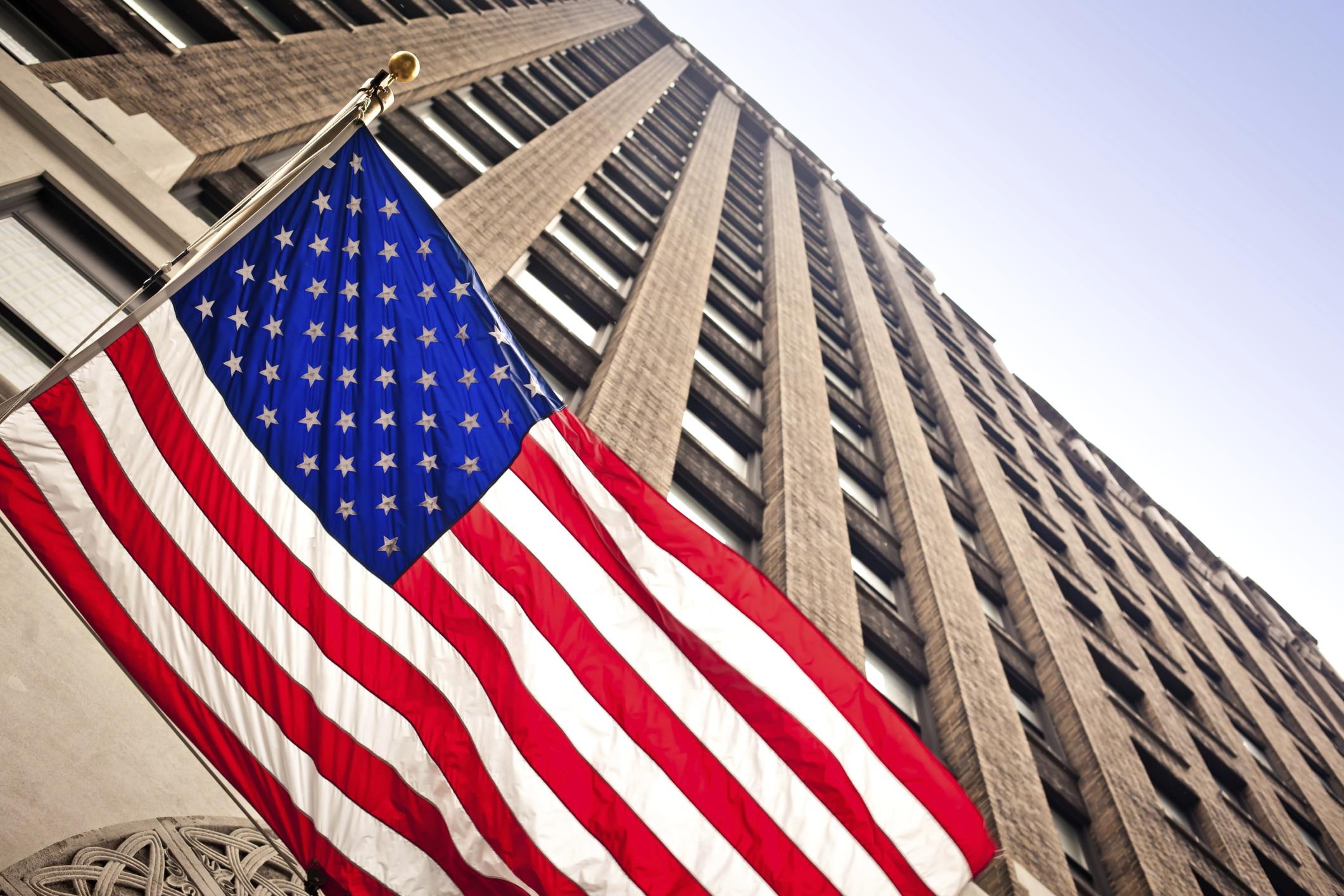WASHINGTON, Dec. 22 (Xinhua) -- U.S. economy expanded at a faster pace in the third quarter of this year than previously estimated, boosted by increased consumer spending and investment, according to the third estimate released by the Commerce Department on Thursday.
The real gross domestic product (GDP) increased at an annual rate of 3.5 percent in the third quarter of this year, the fastest quarterly growth since 2014. The growth rate was revised up from the second estimate of 3.2 percent. In the second quarter, the economy expanded at 1.4 percent.
"With this third estimate for the third quarter, nonresidential fixed investment, personal consumption expenditures (PCE), and state and local government spending increased more than previously estimated," said the Commerce Department.
Consumer spending, which accounts for about 70 percent of the U.S. economy, increased 3 percent in the third quarter, higher than the 2.8 percent increase previously reported but still lower than the 4.3 percent increase in the second quarter.
Non-residential fixed investment went up 1.4 percent in the third quarter, higher than the 1 percent growth in the second quarter. It contributed 0.18 percentage points to the economic growth in the third quarter.
The steady economic expansion, together with improvement in labor market and inflation condition, supported the U.S. Federal Reserve to raise interest rates this month after nearly a one-year pause.
Fed officials expected the U.S. economy to grow 1.9 percent this year and 2.1 percent next year, both up 1.0 percentage point from their September's forecasts.
With the election of Donald Trump, U.S. economic policies are likely to see major changes, which could have significant influence over both the U.S. and global economy.
Despite the uncertainty around the President-elect's policies, market now expects tax rate cuts and government spending expansion which the new administration might roll out could push up the inflation and the long-term interest rates in the United States.
Fed officials now forecast three rate hikes next year, while in September they expected only two rate hikes in 2017.




 A single purchase
A single purchase







